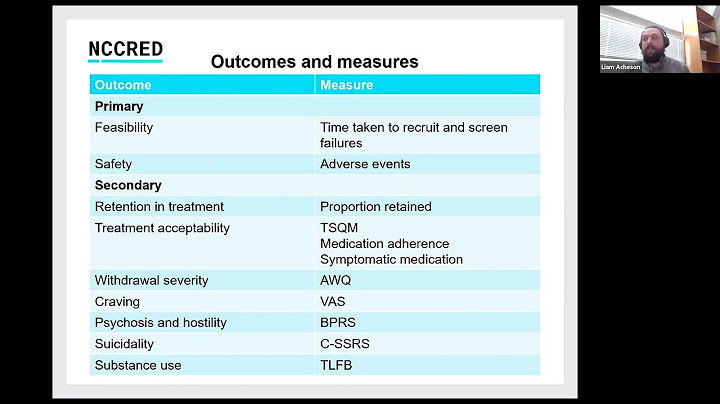Question: 127 Show
Which of the following conclusions about the period 600 C.E.–1450 C.E. is most directly supported by the passage? A. Long-distance contact between civilizations stagnated. B. New religious traditions overturned prior lasting religious beliefs. C. The empires of steppe nomads united trade links across Eurasia. D. Technological developments spread across trade routes. Question: 127 10. Which of the following conclusions about the period 600 C.E.–1450 C.E. is most directly supported by the passage?
Correct Answer: C Explanation: Ibn Battuta managed to travel throughout the Muslim world and even beyond. Eliminate (A) because it contradicts the ideas in the passage. You can also eliminate (B) because the passage doesn't really indicate that new religions displaced old beliefs. Eliminate (D) because the passage does not mention new technologies. Choice (C) is the best answer. Recommended textbook solutions
 World History and Geography Student1st EditionMcGraw-Hill 1,670 solutions
 World History: Patterns of Interaction1st EditionDahia Ibo Shabaka, Larry S. Krieger, Linda Black, Phillip C. Naylor, Roger B. Beck 2,271 solutions
 American History1st EditionHolt McDougal 1,758 solutions  World History and Geography2nd EditionJackson J. Spielvogel 1,205 solutions Recommended textbook solutions Consumer Mathematics1st EditionAGS Secondary 3,032 solutions  Magruder's American Government1st EditionSavvas Learning Co 555 solutions  World History and Geography Student1st EditionMcGraw-Hill 1,670 solutions  Street Law: A Course in Practical Law8th EditionEdward L O'Brien, Lee P Arbetman 938 solutions Which of the following conclusions about the period 600 1450 CE is most supported by the passage?Which of the following conclusions about the period 600 C.E. to 1450 C.E. is most directly supported by the passage? There was an increase in state-sponsored commercial infrastructures in East Asia. States in both Europe and East Asia were regulating their commercial infrastructures similarly.
Which statement about the role of South Asia in Indian Ocean trade from 600 CE to 1450 is most accurate?Which statement about the role of South Asia in Indian Ocean trade from 600 CE to 1450 CE is most accurate? The dominance of Muslim traders in the Indian Ocean prevented Indian Hindu traders from playing a significant role.
Which of the following was a direct result of the cultural interactions in East Africa by 1300 CE?Which of the following was a direct result of the cultural interactions in East Africa by 1300 C.E.? Swahili developed which blended Arabic and Bantu languages and allowed for better trade relations.
Which of the following disrupted China's economy soon after the time period pictured?Which of the following first disrupted China's economy soon after the time period pictured? The Mongol conquest of China and establishment of the Yuan Dynasty.
|

zusammenhängende Posts
Werbung
NEUESTEN NACHRICHTEN
Werbung
Populer
Werbung

Urheberrechte © © 2024 ketiadaan Inc.


















